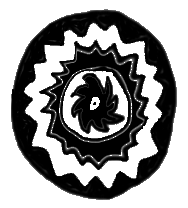 Long before the arrival of Europeans in north america, the Chumash people lived in Southern California, from Malibu to Paso Robles as well as on the Santa Barbara Channel Islands.
Long before the arrival of Europeans in north america, the Chumash people lived in Southern California, from Malibu to Paso Robles as well as on the Santa Barbara Channel Islands.
 Long before the arrival of Europeans in north america, the Chumash people lived in Southern California, from Malibu to Paso Robles as well as on the Santa Barbara Channel Islands.
Long before the arrival of Europeans in north america, the Chumash people lived in Southern California, from Malibu to Paso Robles as well as on the Santa Barbara Channel Islands.
According to Chumash legend, they came to Santa Barbara from Santa Cruz Island across a rainbow bridge built by Hutash, the Chumash Earth Goddess. The Chumash were widely known for their sophisticated sea and inland trading system. Their artful crafts included pottery, masonry, and weaving baskets with distinctive geometrical designs. Their plant medicines contained substances which medical scientists today have found are sometimes effective in treating illnesses.
Dance and sacred ceremonies played a central role in Chumash life. Swordfish or Wot, chief of the ocean, as well as the Bear, Blackbird, Fox and Coyote were, and still are, important figures honored by the Chumash people during ceremonial festivities. The vivid Chumash rock paintings that exist today are among the finest in the world. The rich and vibrant history of the Chumash is a testament to the enduring cultural traditions of California's original settlers.